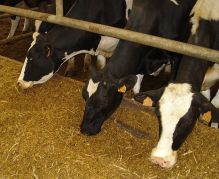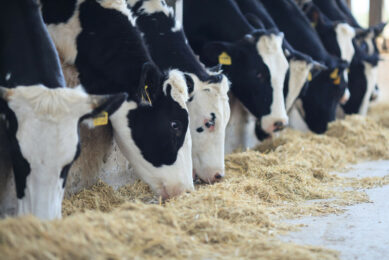Antibiotics improve animal health; healthy animals improve human health

“All uses of antibiotics improve animal health, and these improvements in animal health can substantially improve human health,” concluded one expert who testified at a recent congressional hearing on antibiotic use in livestock production and antibiotic resistance in humans.
Randal Singer, associate professor of epidemiology at the University of Minnesota, who for 12 years has studied antibiotic uses and antibiotic resistance, reiterated to the House Energy and Commerce Subcommittee on Health what several livestock groups repeatedly have stated about antibiotic use in food-animal production: “The best way to manage antibiotic uses in animal agriculture is through sound, rational, science-based policy.”
Opponents of modern livestock production, however, are pushing a theory that antibiotic use in food animals is leading to an increase in antibiotic resistance in humans and, therefore, antibiotic use in livestock production must be restricted. Several groups, including Keep Antibiotics Working and the Union of Concerned Scientists, are supporting legislation sponsored by Rep. Louise Slaughter, D-N.Y., and the late-Sen. Edward Kennedy, D-Mass., that would ban the use in livestock and poultry of antibiotics that prevent or control diseases and improve feed efficiency and weight gain.
Witnesses at the congressional hearing, testifying in favour of such a ban, claimed that a number of studies link use of antibiotics in livestock with antibiotic resistance in humans, and they cited the results of a 1998 ban in Denmark on antibiotic growth promoters and preventatives.
“But,” testified Singer, “the removal of growth promoting antibiotics from use in food animals in Denmark resulted in an increased reliance on therapeutic doses of medically important antibiotics to treat the ill animals.”
In April, the top scientists for the Centers for Disease Control and Prevention and the National Institutes of Health testified that there is no scientific study linking antibiotic use in food-animal production with antibiotic resistance in humans.











